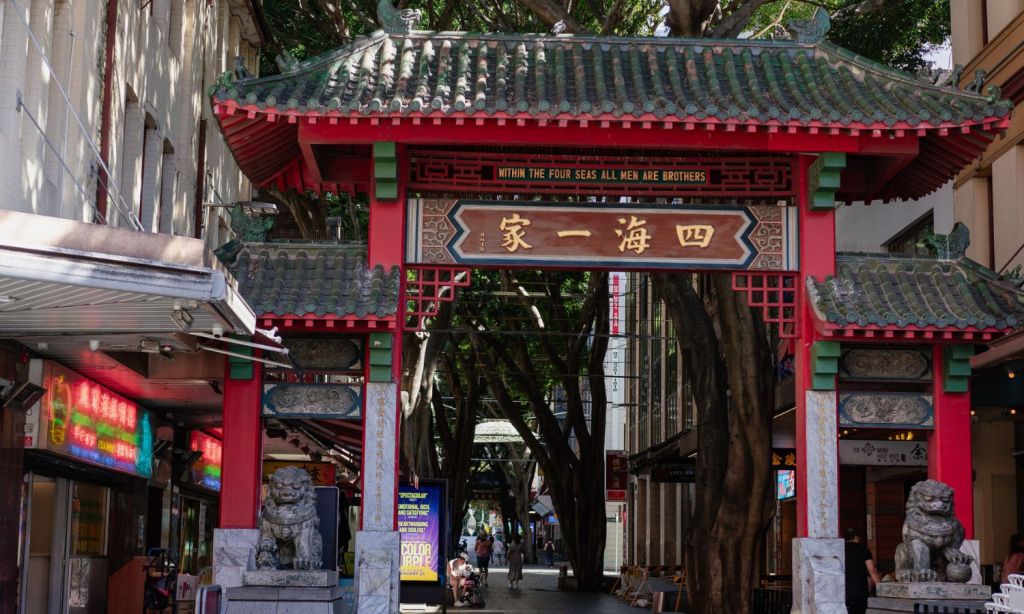Valentine Lee can’t shake the memories of when cars once weaved through Dixon Street, leaving a trail of exhaust in their wake. Barely hitting the age of five, he watched motor vehicles and pedestrians co-exist in a lively dance comparable to the spirited movements of the Lunar New Year Lion Dance that draws hundreds, if not thousands, of locals and visitors every year.
At the heart of it all was his father’s restaurant, Emperor’s Garden, a bustling hub since 1979. Back then, the air was thick with the clinks and clatters of chopsticks on china as hungry residents and visitors filled the place in search of everything from yum cha to late-night feasts.
Fast forward to today, and the scene remains unchanged — a neon-lit institution now celebrating 45 years, expanded to include a bakery (since 1988), a cake shop, and a barbecue joint (both introduced in 1991). The familiar sight of queues forming outside Emperor’s Garden endures, with a window named Emperor’s Puffs — marked by a simple piece of paper taped beside it — added.
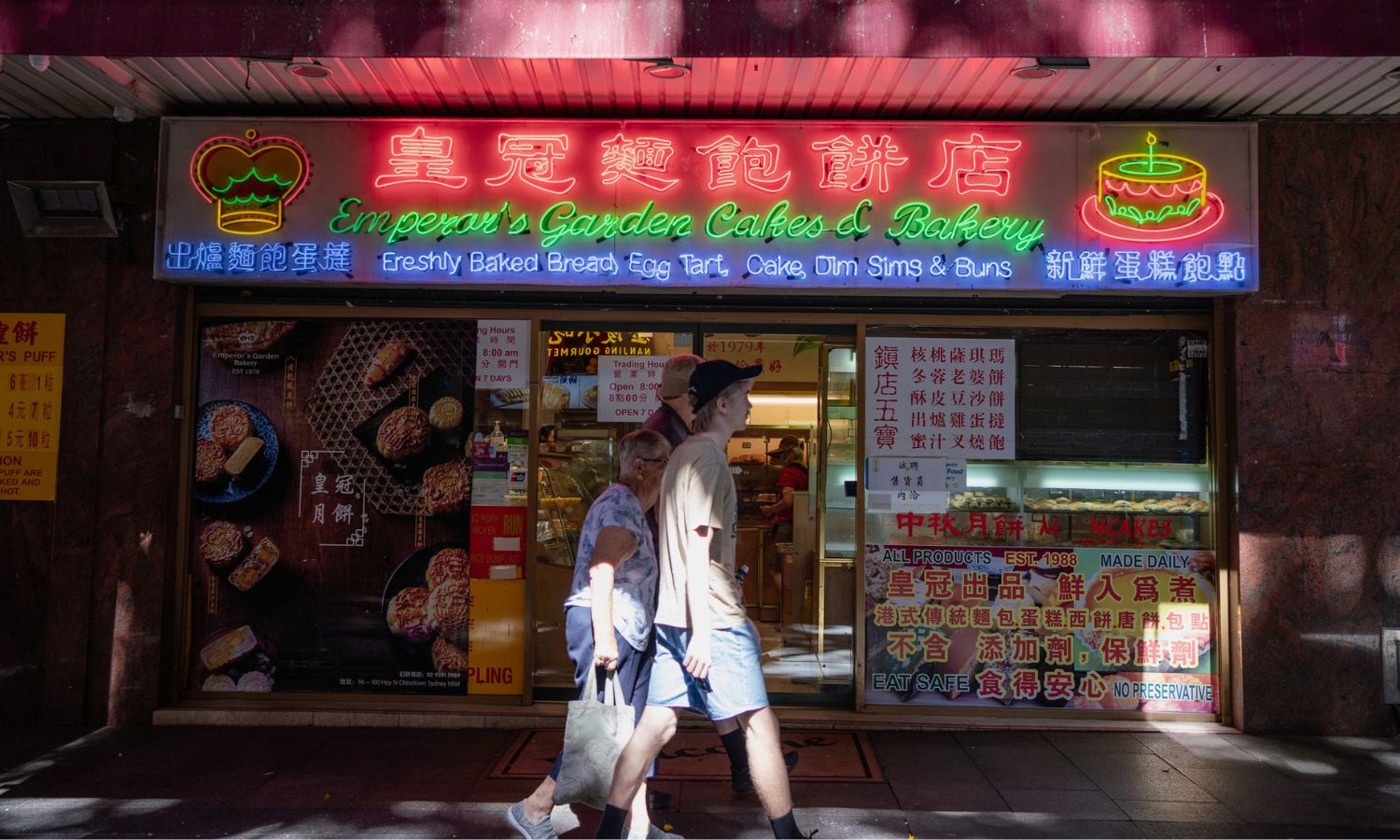
In this spot, you’ll still find people clutching 60 cents in their palms, an amount unheard of in these financial times, eagerly queuing up to snag a pillowy custard ball fresh from the oven, continuing the delicious tradition that has weathered the storms of time.
As a resident of Dixon Street for 20 years, Lee has felt the changing pulse of the community from the light rail invasion to suburban Chinatowns and the near-fatal blow of the pandemic.
“Chinatown lost its vibrancy; the foot traffic dwindled, and empty shops became a stark reminder of the challenges we faced,” he says.
The question of Chinatown’s resurgence lingers in the air, and Lee’s response reflects the situation’s complexity. “It’s a delicate balance,” he muses. The key lies in a coordinated effort from the federal, state, and local governments to navigate the intricate dance of housing supply, demand, and the cost of living.
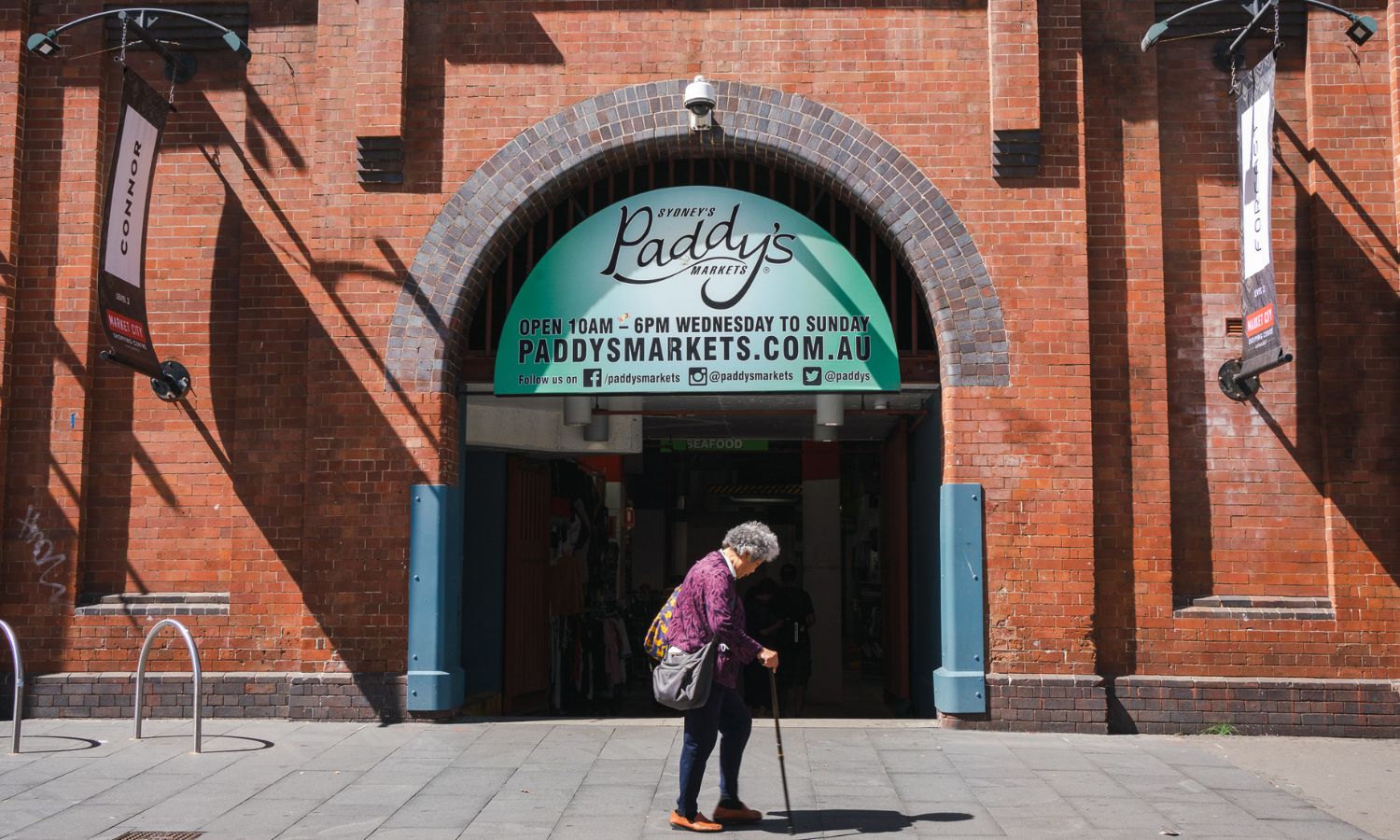
Origins
Like most Chinatowns around the world, Sydney’s is more than just a tourist magnet for lip-smacking street fare or an obligatory cultural hotspot for a major city. These places are vibrant ethnic enclaves and communal rendezvous points where people with a shared heritage gather. But, when it comes to Sydney’s Chinatown, there’s an extra layer of significance, and it’s all wrapped up in its storied past.
Darren Kong, architect and founder of Haymarket Institute — a non-profit on a mission to restore the Chinatown narrative — puts it with flair, “Our Chinatown isn’t just a pretty face. It’s got the culture, the stories, the kind that only comes from years and years of living. It’s not just a place; it’s the place,” he states.
You can practically feel the weight of history in his words, the resonance of a place shaped by generations, including his own, starting with a grandfather who worked on Dixon Street in the 60s and 70s. “I guess I’ve always had a sentimental reason to help Chinatown,” he adds.
The Chinatown that stands today was originally 1km north of Surry Hills, which is now a popular neighbourhood for food, music, and vintage shopping, catering to the ‘trendier’ crowd — a far cry from the slum it once was. In the 1830s, Surry Hills was one of Sydney’s most populous districts, but by the 1890s, poor drainage, crime and poverty were strife in the region. Chinese immigrants seized the opportunity to settle due to the low cost of living there. Many Chinese traders operated around the harbour, living in Surry Hills and eventually formed the first Chinatown in Sydney. Over time, as the land was reclaimed, people and businesses moved, gradually giving rise to the organic formation of Chinatown in its current location, a former timber storage yard, in the 1920s.
The shift of the wholesale fruit and vegetable market to Hay Street acted as a magnet, drawing Chinese entrepreneurs to establish cook shops and lodging houses along Dixon Street, catering to suburban Chinese market gardeners selling their produce in the city.
This influx of businesses marked the beginning of a transformative period, with the organic growth of more establishments such as restaurants, grocery stores, butchers, and fruit and vegetable shops. These businesses sprouted to fulfil the evolving needs of the concentrated Chinese population in the city. Additionally, the establishment of clan shops provided essential services to fellow clansmen, solidifying Chinatown’s position as the focal point of the Chinese community in Sydney.
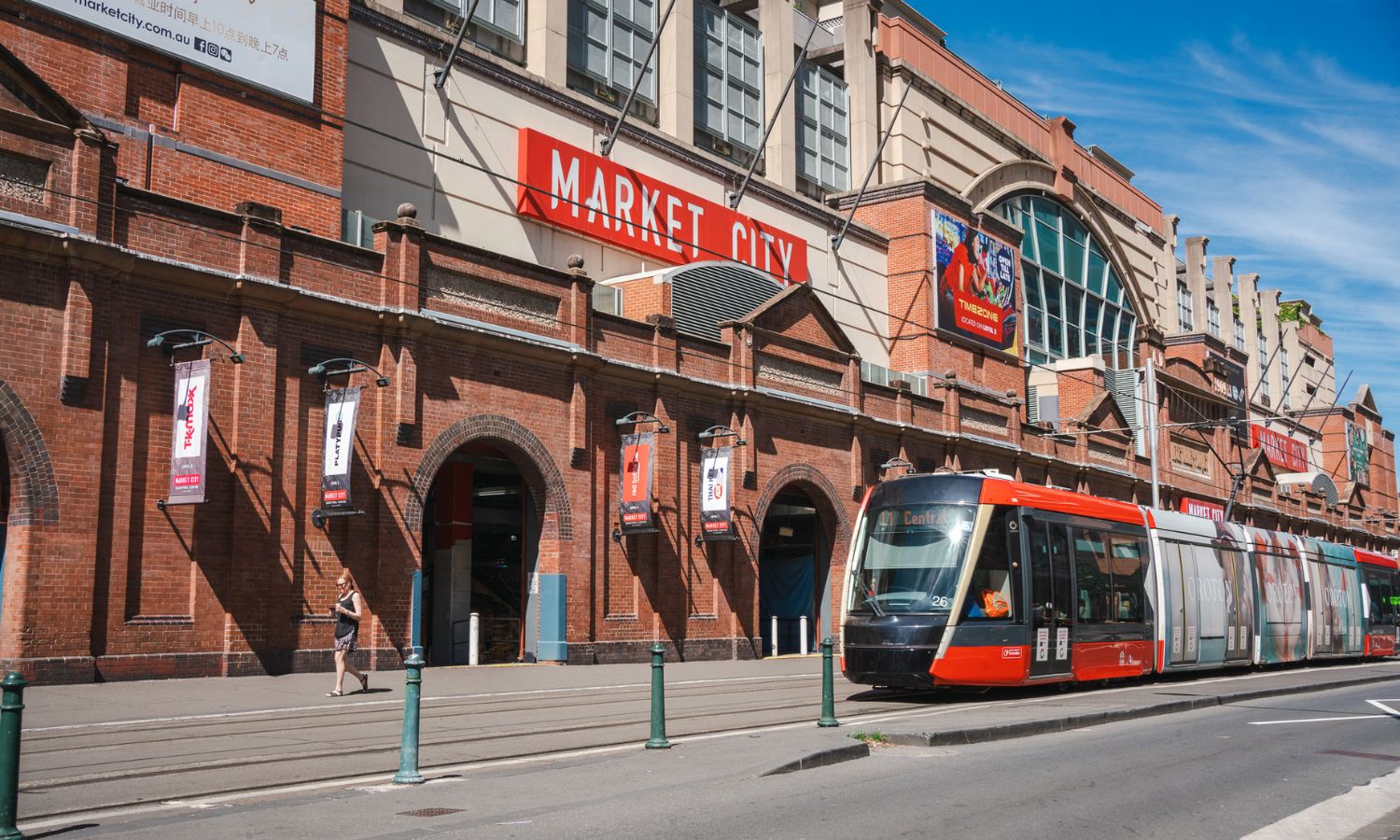
The Lightrail Invasion and Rise of Suburban Chinatowns
In 2015, Lee’s Chinatown (as he knew it) changed when the light rail invaded, rerouting familiar paths and reshaping accessibility. Parking, once abundant, was relegated to one-way lanes and loading zones, creating a new urban labyrinth and the rise of suburban Chinatowns.
“The impact of the light rail was greater than the restriction on parking,” he says, recalling when Chinatown was easily accessible from Hay Street, Sussex Street, and Thomas Street. “Hay Street used to have a place where you could park cars, but it’s no longer possible because they’ve converted that road,” explains Lee. This alteration not only impacted the convenience of parking but also played a pivotal role in reshaping the overall vehicular landscape within Chinatown — for the worse.
In addition to changes in the physical layout of the streets, the light rail project brought about new parking regulations. “All the parking is mainly during the day as reloading zones and metered parking after hours,” Lee observes. “Given that a lot of suburban Chinatowns have the benefits of being able to park parking there, they’ve become more popular, drawing attention away from the real Chinatown.”
The consequences of these changes extend beyond the physical infrastructure of Chinatown. Emperor’s Garden felt the impact. The alterations to traffic flow, access routes, and parking accessibility have collectively contributed to a decline in foot traffic. As Lee points out, “Chinatown itself hasn’t really…thrived as what it was in the past.” The pandemic further exacerbated the challenges, with empty shops becoming a visible reminder of the struggles faced by businesses in the area.
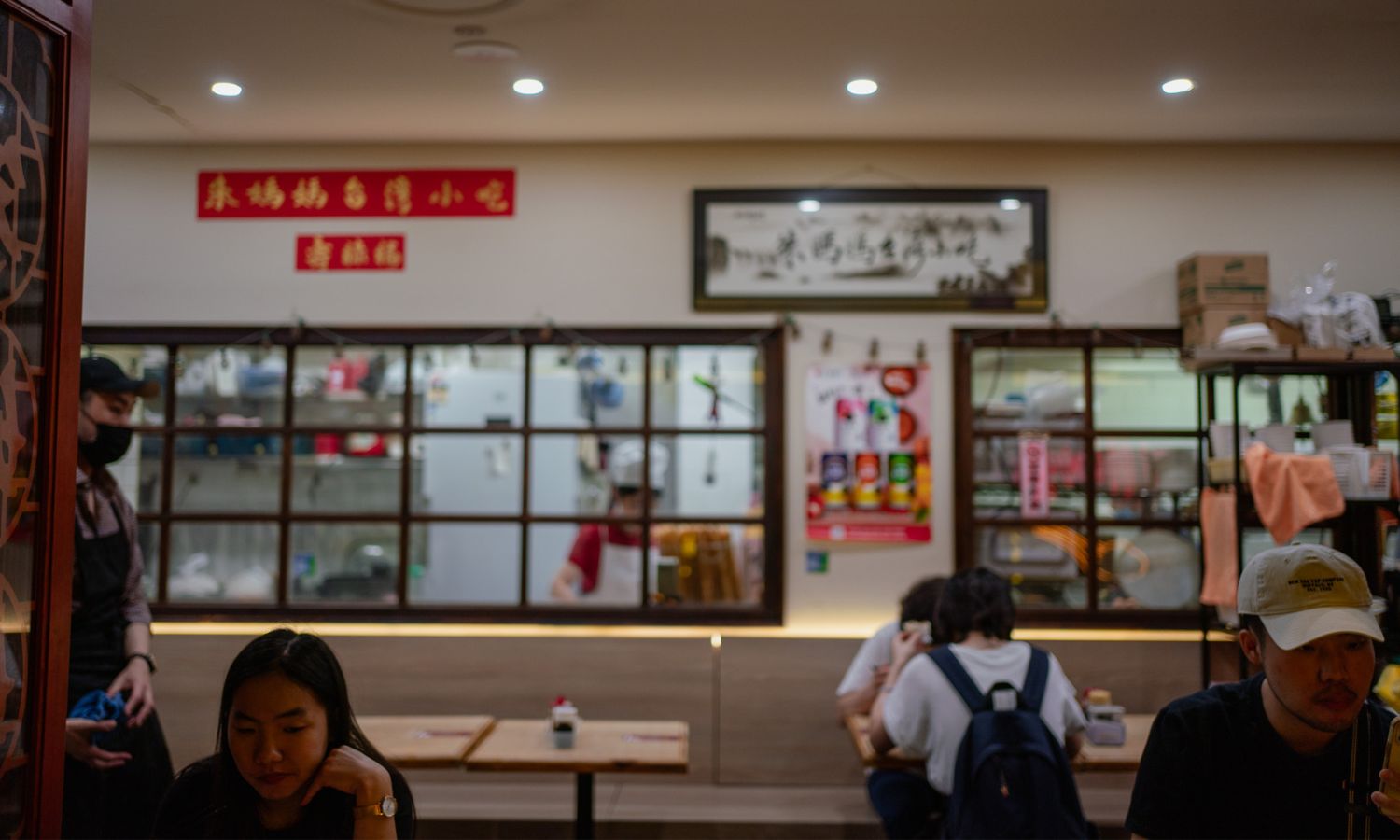
Lockdowns and Post-Pandemic Life in Chinatown
Kong observed Chinatown’s decay from his office in the middle of the area during the pandemic, recalling roller doors shuttering and for lease signs pasted up one after another. “When Golden Century closed and Marigold, that’s when I knew things were grim here,” he says.
In response to the decline, Kong took proactive steps to address the negative discourse surrounding Chinatown. Three years ago, he founded the Haymarket Institute, an organisation dedicated to advocating for the local community. “I believe in promoting food as a way to understand and appreciate different cultures,” he asserts. By organising cultural events and campaigns, the Haymarket Institute aims to dispel misunderstandings and promote a positive image of Chinatown.
Kong wasn’t the only local to notice the weakening threads of Chinatown. As Justin Steele, a Mandarin speaker with over 20 years of studying the language and two years spent in China, strolled through the streets, he couldn’t ignore the signs of struggle and closure. Iconic spots he had cherished were empty, and the palpable downturn in traffic left business owners disheartened. In response, he felt a calling, a need to bring attention back to this cultural gem, to rejuvenate it and ensure its survival with a food tour.
Steele, the founder of Local Sauce Tours, guides his tours in Mandarin (when appropriate), providing an authentic experience reminiscent of the places he frequented during his time in the Middle Kingdom. Each stop on the tour unfolds like a new chapter. He guides you through hidden gems that tell tales of his time in China — restaurants that echo the flavours of distant memories and streets that resonate with the footfalls of countless stories, from lore to street art. It’s not just about tasting dishes — it’s about experiencing the rich narrative that Chinatown etches into every bite and ensuring this historic place isn’t forgotten, even if the people around it do.
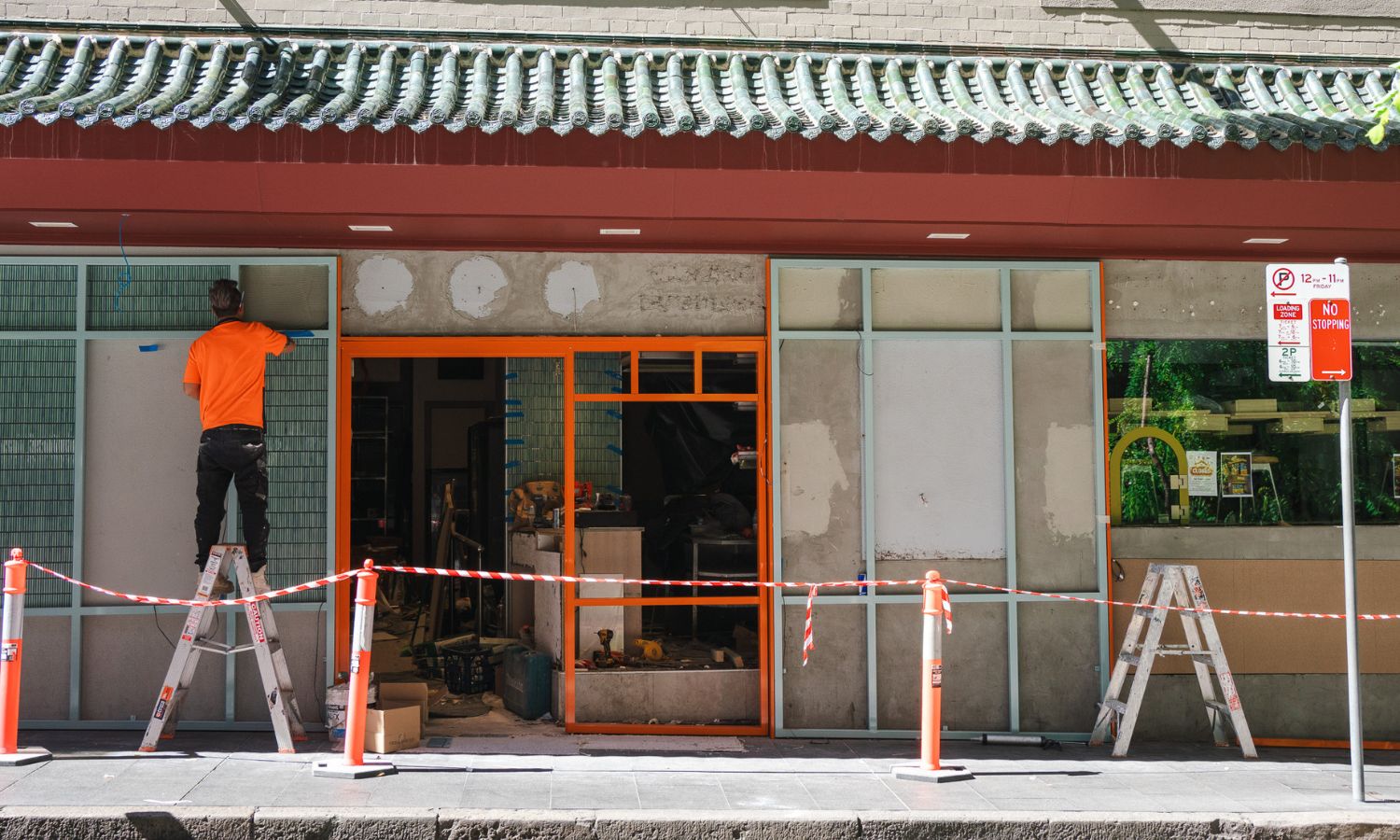
Hope Rising
For Brad Chan, CEO of Banna Property Group, saving Chinatown isn’t a mere business deal; it’s a familial obligation set in motion when his great-grandfather Bernard Chan built the archways that bookend Dixon Street. His family, custodians of several buildings since the 1970s, saw an opportunity to redefine the landscape of Chinatown, and now, in its time of need, the next generation of Chan is stepping up.
“We’re not just revitalising buildings; we’re creating an experience,” says Chan. His family’s buildings, strategically located near Darling Square, were a canvas for his architectural aspirations. “The goal is not only to draw people into their property but to rekindle interest in the entire Chinatown precinct.”
One key element of Chan’s vision is the infusion of new energy into the district’s culinary scene. By attracting popular restaurants like Gumshara, which recently opened, he aims to entice crowds throughout the day. “We’re really trying to bring on some strong retailers to the building,” he shares, emphasising the importance of fostering a vibrant retail atmosphere. Chinatown has expanded towards World Square, Liverpool Street, and Thai Town on Goulburn Street. “It’s not just about Chinese anymore — it’s all of Asia.”
Ask about his dream for a new Chinatown, and Chan’s response is rooted in practicality and aesthetics. “I’d probably just replace those trees with smaller trees,” he says, addressing the issue of overgrown foliage on Dixon Street. His dream Chinatown is a place where people can bask in the sunlight, enjoy open spaces, and savour the unique charm that Chinatown offers.
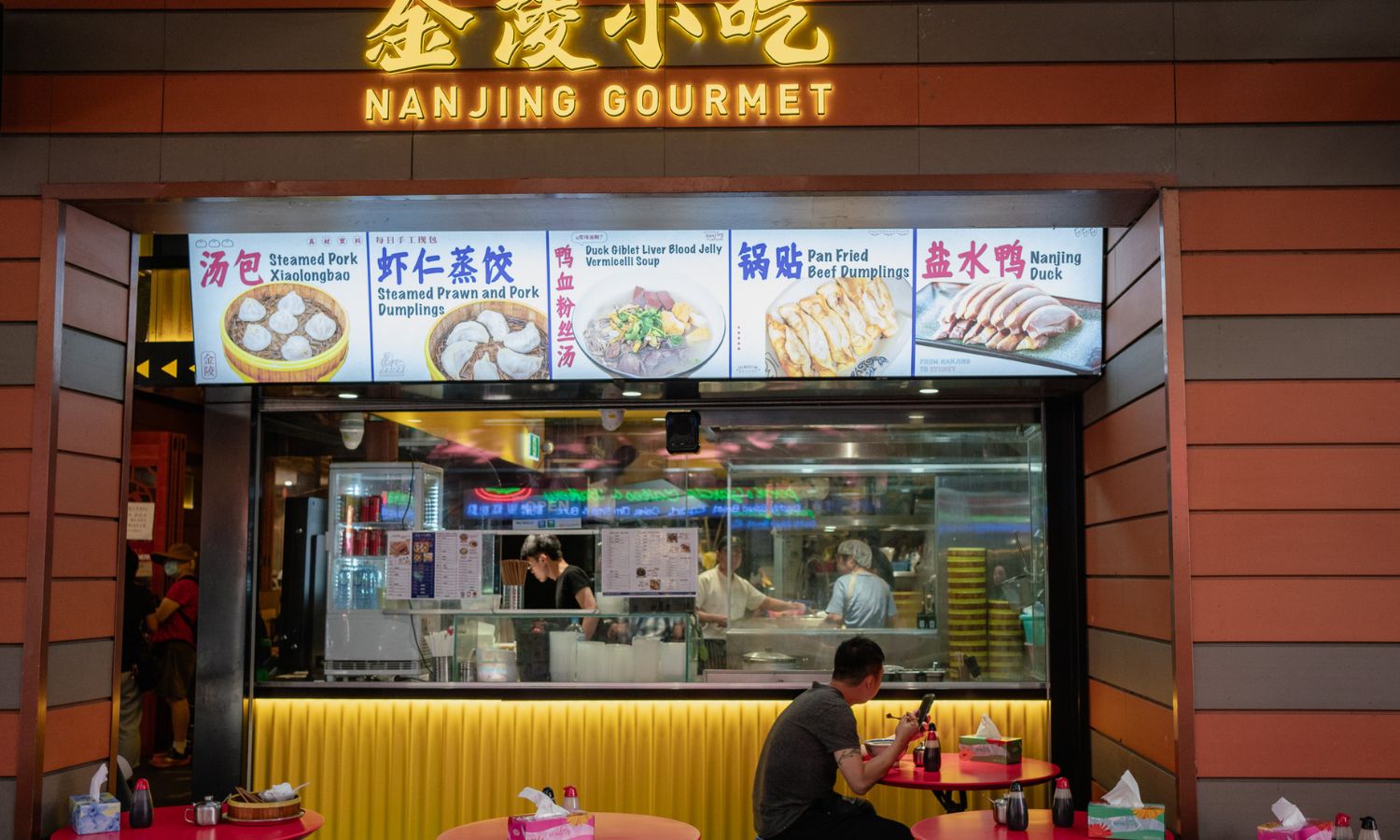
For the City of Sydney, a $44M revitalisation project is underway to protect and preserve the future of Chinatown. Nine hundred fifty community surveys were completed in English in 2022, with more than 1,150 people participating and sharing their ideas for the future of Haymarket. Through these responses, the City of Sydney has recognised the economic decline in Haymarket, one of Sydney’s most iconic urban villages and long recognised as a focal point for Asian food, cultures, and local and international communities.
Chinatown, particularly Dixon Street, was recognised as a top priority in the project, with ‘install more lighting and beautify Dixon Street’ outlined in a draft Haymarket and Chinatown Revitalisation Strategy document.
“It is much more than just drawing people back to Chinatown for more food and entertainment. It is about welcoming visitors to a historical, cultural precinct with lots of stories from the past and the present waiting to be told, shared and discovered,” says Vincent Lim, President of Haymarket Chamber of Commerce.
According to Lim, the city is currently working on a restoration and heritage status of the Chinatown Gates and lions that were installed in 1980 through community funding and later gifted to the City. City grants have been spread out to programs for events and festivals like Lunar New Year and bringing back Neon Playground, a highly successful festival funded through the grants program.
Design work is underway to upgrade Dixon Street’s public domain, including paving, lighting, planting, and street furniture, with Lim stipulating the upgrades will help refresh the street.
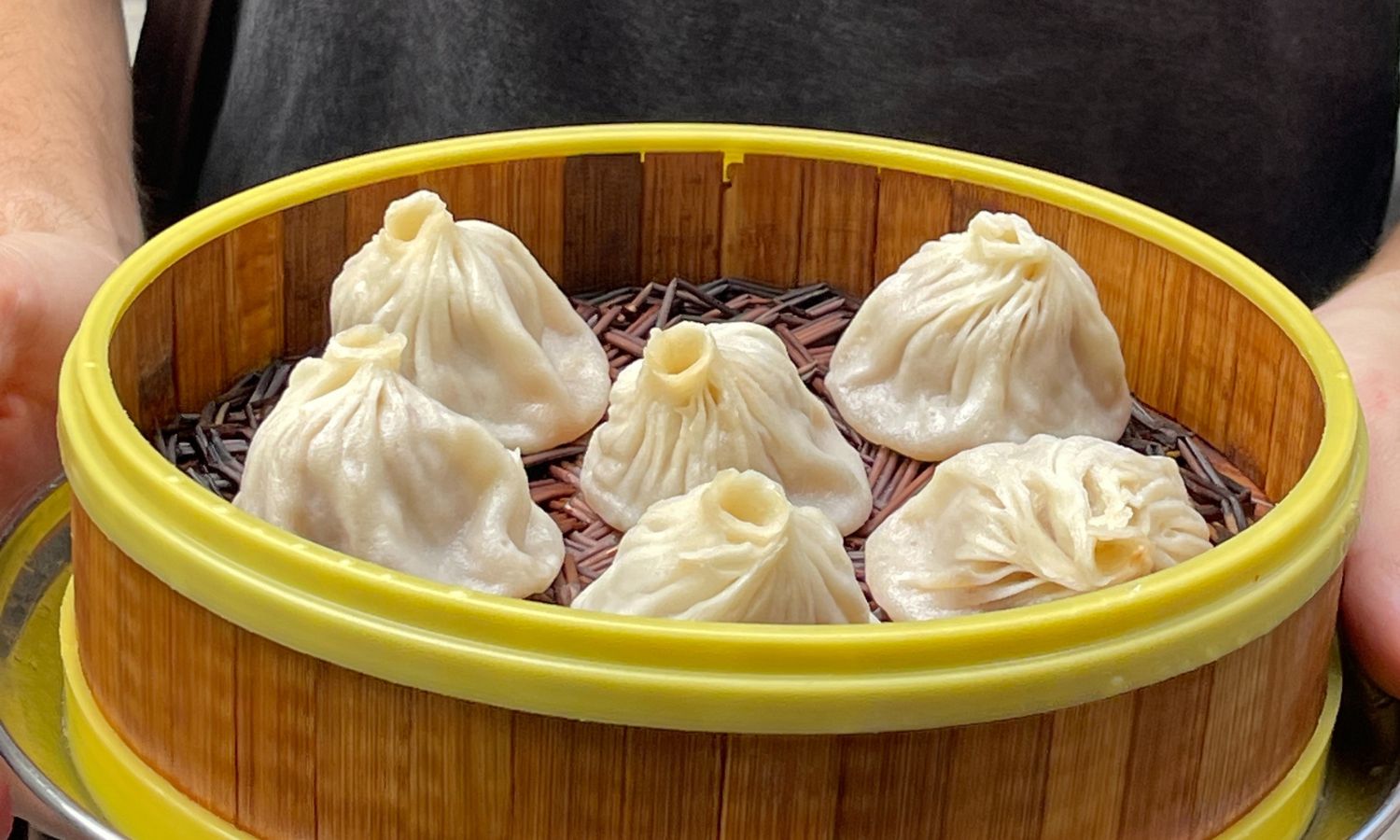
Drawing on its strengths, Dixon Street could be reinvented as a chef’s gallery, bringing the theatre of cooking and food preparation to the street, as well as a substantial increase in outdoor dining, stipulates the Haymarket and Chinatown Revitalisation Strategy document. Chinatown is currently within a ‘late night management area,’ but with City approval, businesses can extend their hours to operate 24 hours, restoring Chinatown’s reputation as a late-night destination.
“Since the lifting of restrictions relating to the pandemic, Chinatown is naturally becoming vibrant again, especially with the return of international students, tourists, and City workers to the office,” explains Lim.
“The revitalisation strategy funded by the City of Sydney, for which we are very grateful, will take it one step further to bring out the best in the precinct so as to make it an exciting and even more enticing place to visit for one and all.”
Related: Explore China’s Regions By Plate at 14 of the Best Chinese Restaurants In Sydney
Related: 9 Sydney Restaurants That Put the Yum in Yum Cha
Read more stories from The Latch and subscribe to our email newsletter.


